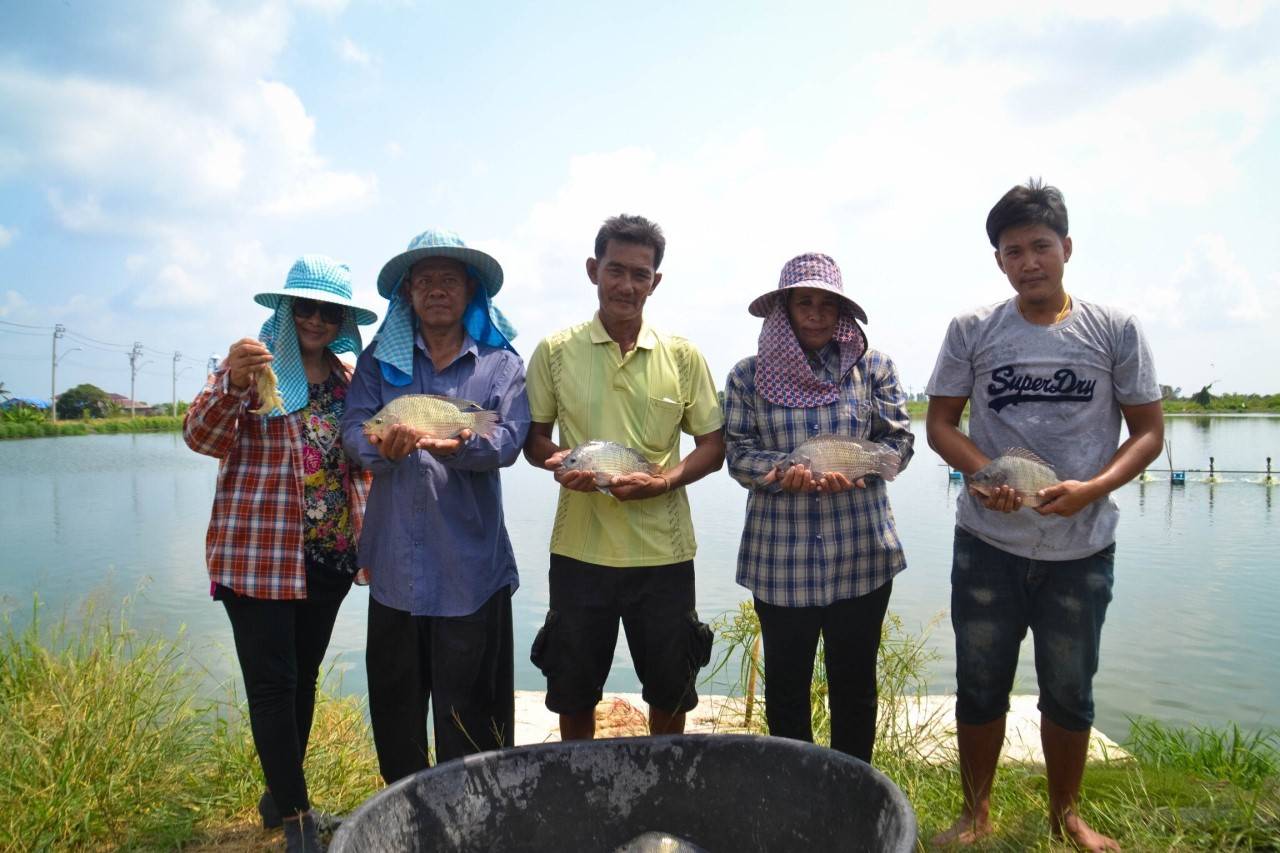“There is rice in the fields and fish in the water,” is an old saying that speaks to the natural abundance of Thailand as the land of milk and honey with fresh, affordable food aplenty. Most Thais are experts when it comes to naming freshwater fish, which are an easily accessible source of quality protein. There is, however, one particular fish that has become a common household name but its exact origin is unknown to the younger Thais.
The mouthbrooder — a name it received from cradling its hatchlings in its mouth until they come of age — is also known to scientists as Oreochromis niloticus or Tilapia nilotica, a cichlid fish native to the northern half of Africa and some parts of the Middle East. Colloquially named Nile tilapia in English from its natural habitat and pla nil in Thai from an abbreviation of its scientific name, this hardy fish whose versatility as an herbivore with omnivorous tendencies and trimester hatching cycles is ideally suited for any freshwater source. The story of this fish began in earnest with a school of 50 mouthbrooders raised in a palace pond whose offspring would one day go on to feed millions of people.
The origin of the fish’s local popularity can be traced back to the visit to Thailand in 1964 of Emperor Emeritus Akihito, who was then the Crown Prince of Japan. While visiting the Museum of Fisheries at Kasetsart University, the royal guest, who is an avid ichthyologist, was particularly pleased with the variety of fish specimens at the museum. Then a specimen of goby that was first discovered in Thailand caught his attention.



















With your current subscription plan you can comment on stories. However, before writing your first comment, please create a display name in the Profile section of your subscriber account page.